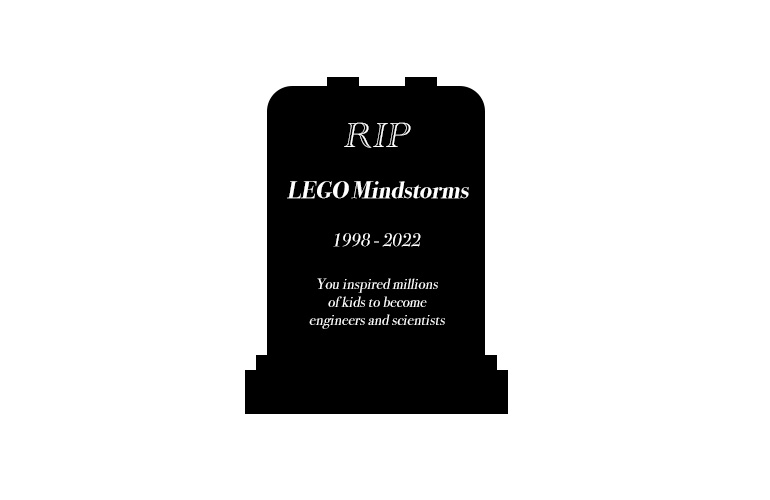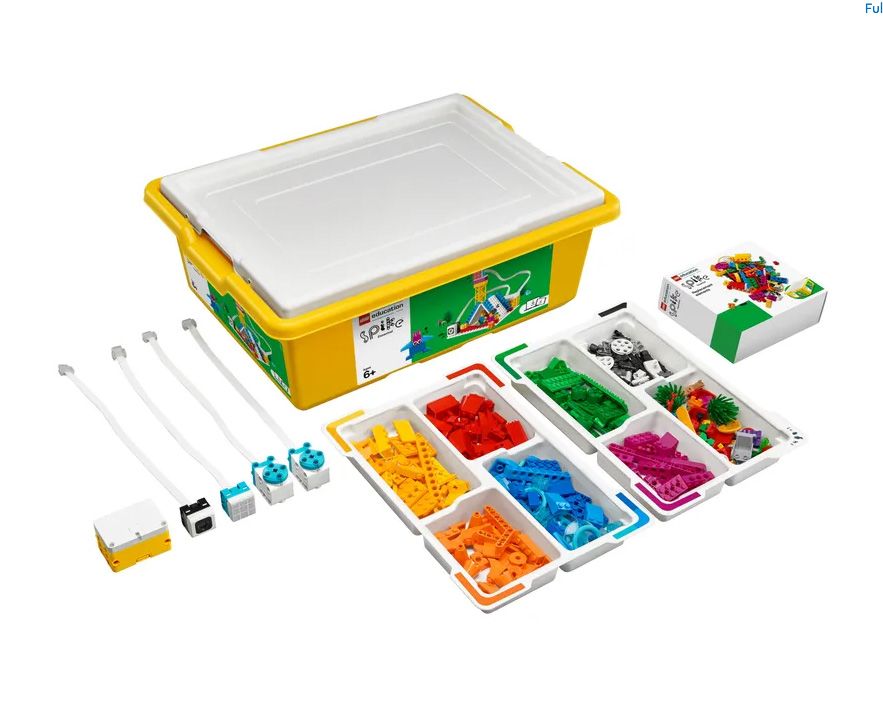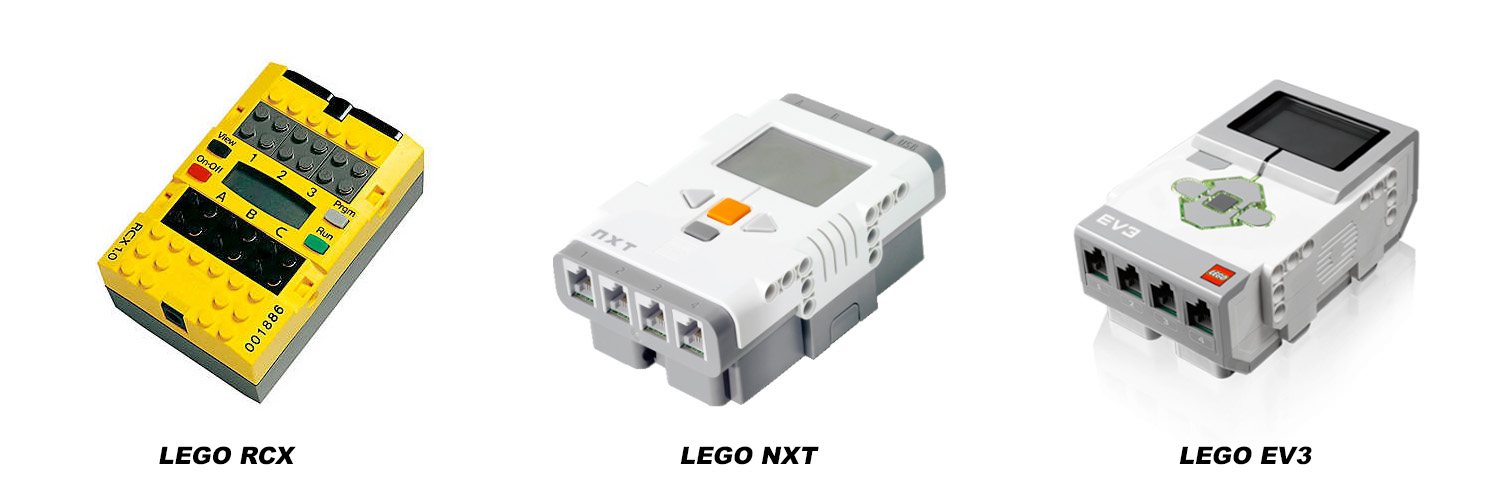|
Listen to this article  |

The news that LEGO has discontinued the Mindstorms product line is bittersweet for me. I bought my daughter a LEGO Mindstorms kit for Christmas in 2000 when she was only three years old. My aunt, who was in town for the holidays, accused me of buying it for myself.
Guilty.
However, my daughter and I had lots of fun building things that moved with that initial LEGO RCX Mindstorms kit, even if my daughter didn’t know how to program the robot at the time.
Fast forward to 2013, I volunteered to help mentor and start a FIRST LEGO League team at my son’s elementary school. My passion for all things FIRST-related has only grown in the ten years since that first team.
It’s what reignited my passion for robotics, inspired me to take a job leading the mobile robotics product team at Adept Technology (now OMRON) in 2014, and it’s what inspired me to found The Mobile Robot Guide publication in 2018.
So yeah, LEGO Mindstorms had a big impact on my career and my passion for mobile robots. One of the founding members of our original FIRST Tech Challenge team recently graduated from Yale with a degree in computer science and started his career on the perception engineering team at Skydio Drones.
I am proud to say that I have inspired more than a hundred kids in our community to consider careers in a STEM-related field, through the excitement of competitive robotics.
Alas, all is not lost. While LEGO has decided to retire the LEGO Mindstorms brand, the LEGO Spike Essentials Kit is now the centerpiece for the FIRST LEGO League competitions, although any of the prior released Mindstorms components are legal for competition.

LEGO Education SPIKE Essential gets primary school students excited about hands-on STEAM learning. | Credit: LEGO
The LEGO SPIKE “brain” is a bit smaller than the Mindstorms EV3 brain. Both use the same software and the motors and encoders have similar power and resolution. The big difference is that the SPIKE kits’ motors and sensors are more rectangular than the earlier Mindstorm models. This feature enables the construction of much more compact robots with SPIKE than with prior generations of Mindstorms kits.

The Lego Mindstorms system has three generations. The Robotics Invention System, which was released in 1998, was the first. The next generation, called Mindstorms NXT was released in 2006. This was followed by the Mindstorms EV3, which was launched in 2013. There were a number of both retail and educational kits at each generation of Mindstorms.
When it came out in 1998, the first Robotics Invention System used the RCX programmable brick (Robotic Command eXplorers). It could be programmed with RCX or ROBOLAB based on LabVIEW. Chris Rogers’ software from Tufts University was sold by National Instruments. The RCX had 32K RAM and ran at 16 MHz. The brick came with two motors, two touch sensors, and one light sensor.
The LEGO NXT kit of the next generation had three servo motors and one sensor for light, sound, distance, and touch. Another touch sensor was added to NXT 2.0. The NXT brick had 64 KB of RAM and ran at 48 MHz. ROBOLAB was in the education kit, but NXT-G was in the retail set.
Linux is the core operating system of the last generation of LEGO EV3 brick. It included a processor with 300 MHz, 64 MB RAM, and 16 MB Flash memory. It was able to connect to WiFi, Bluetooth, USB, and Micro SD. The teaching set ran on LabView and had two big motors, one medium motor, two touch sensors, one color sensor, one gyroscopic sensor, and one ultrasonic sensor.
If you have any of these original Mindstorms kits, there is an active secondary market on Ebay as well as other LEGO brick-selling services for used LEGO items. Or you can just hang on to them for the grandkids, like I am doing.
Credit: Source link


Comments are closed.